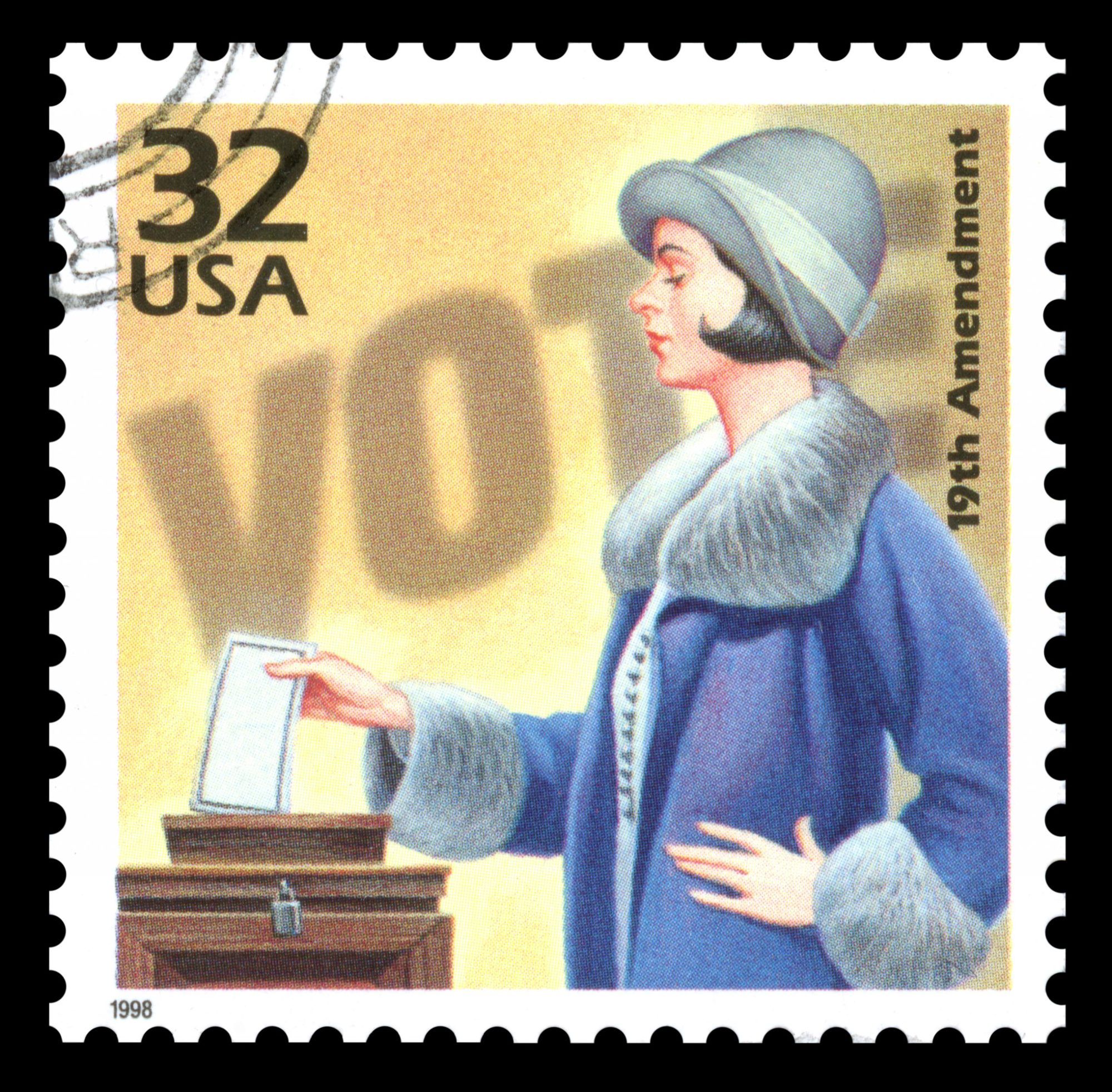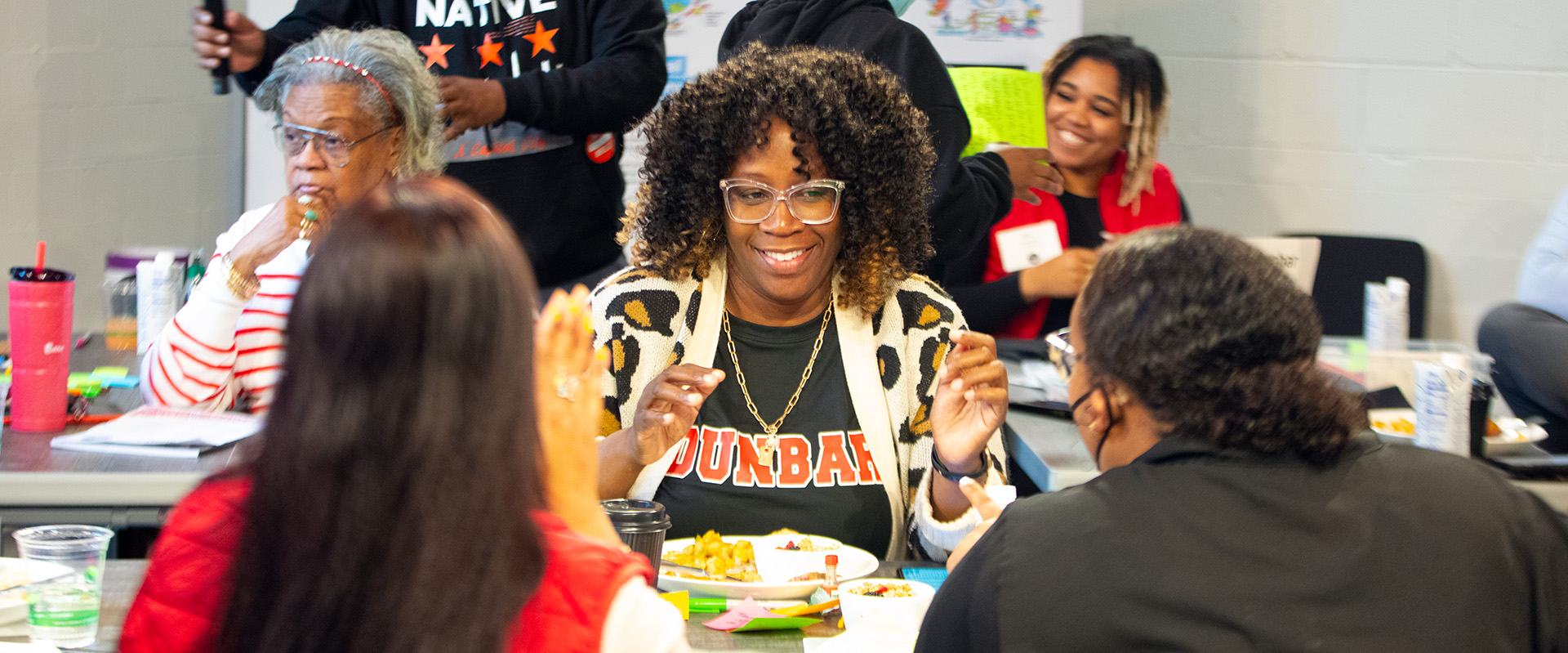100 years later – the complicated legacy of the 19th Amendment
It's been over 100 years since the 19th amendment was passed, which gives women the right to vote. What's changed between now and then?

The right of citizens of the United States to vote shall not be denied or abridged by the United States or by any state on account of sex.
Amendment XIX, U.S. Constitution
The passage of the 19th Amendment to the U.S. Constitution in 1920 granted (some) women the right to vote. The 19th Amendment marked the culmination of a decades-long struggle to enfranchise women and redefine the political landscape.
But like much of U.S. history, the issue is complex and nuanced. Although the 19th Amendment was a milestone for women’s equality, millions of women of color still faced significant obstacles to voting until the 1960s. Even today, that struggle continues in some areas. The complicated legacy of the 19th Amendment, including racism within the suffrage movement, demands that we teach this history and create spaces for students to construct new and broader visions of gender equality and voting rights.
We’ve gathered some tips and resources that we hope will help you teach this complicated and important chapter in history.
Articles:
Millions of women voted this election. They have the Iroquois to thank (Washington Post)
Overlooked No More: How Mary Ann Shadd Cary Shook Up the Abolitionist Movement (New York Times
Suffragist Alice Paul kept in hosiptal duing hunger strike (Feminist Daily Newswire)
The ‘Undesirable Militants’ Behind the Nineteenth Amendment (The Atlantic)
The Imperfect, Unfinished Work of Women’s Suffrage (The New Yorker)
When the Suffrage Movement Sold Out to White Supremacy (The New York Times)
Curriculum:
Lesson Module: Women’s Suffrage in the United States Rutgers Eagleton Institute of Politics
Educational Resources and Lesson Plans National Women’s History Museum
10 Things for Women’s Equality Day National Educational Association
National Association of Colored Women
Do you have any tips for teaching about women’s history? Write a blog for XQ! We’d love to hear your stories.









